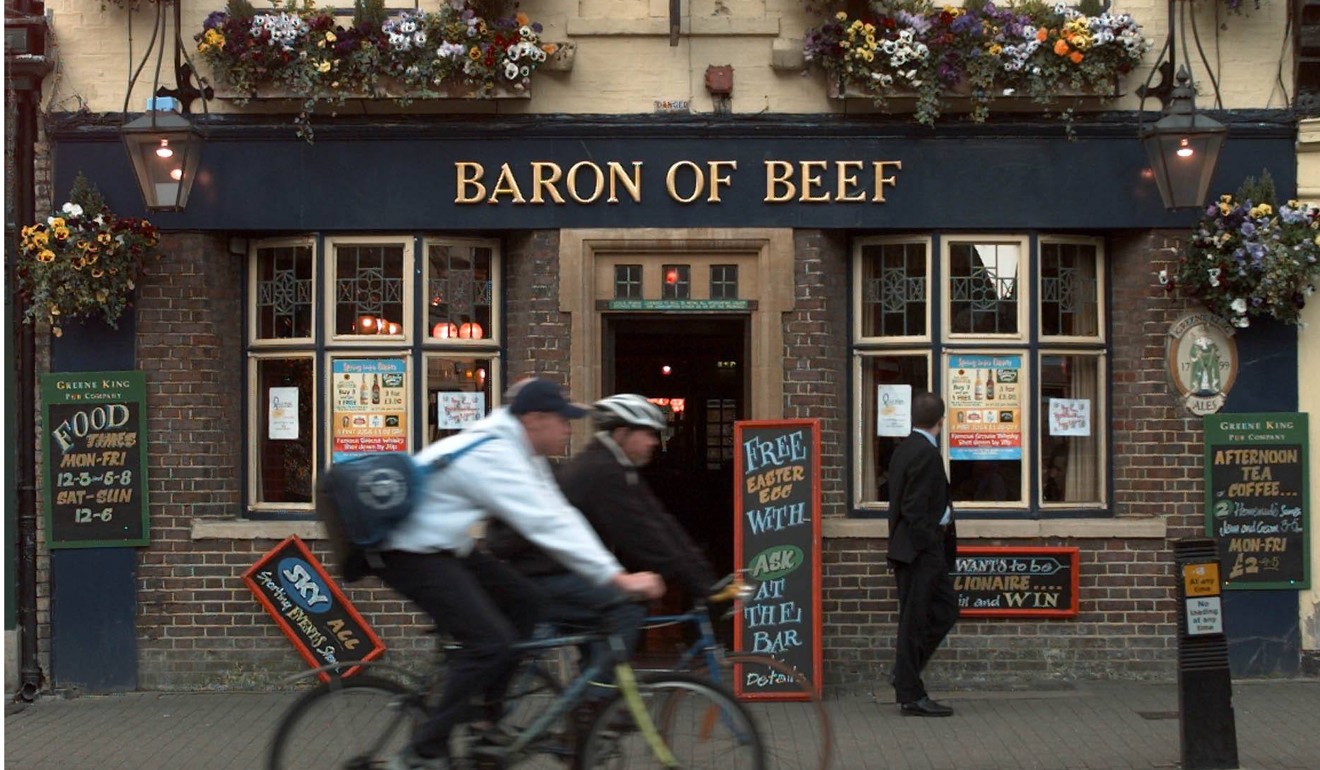
Illegal dance parties on the rise in London as nightclubs fall victim to gentrification
Rising cost of booze another cause of rave resurgence, after more than half the city’s clubs closed between 2005 and 2015
The number of illegal raves in London has soared, police figures reveal, with a steep decline in the number of nightclubs in the capital one of the key causes.
The number of unlicensed raves in London, often held in warehouses or abandoned buildings, has nearly doubled since 2016.
Plans for 133 unlicensed raves were identified by the Metropolitan Police in 2017, up from 70 the previous year, according to figures obtained by a freedom of information request carried out by The Sunday Telegraph.
One explanation for the rise is the rapid decline in the number of traditional venues, with more than half of all London clubs shutting down between 2005 and 2015, according to the Association of Licensed Multiple Retailers (ALMR). Since 2015, the number of licensed hospitality premises has dropped by 3 per cent across the UK.
Among the casualties have been Plastic People, Cable, and Dance Tunnel in London, The Arches in Glasgow, and Sankeys in Manchester.
The rising cost of drinks could also be putting revellers off clubs. Going to a pub is becoming an unaffordable luxury, according to a report published in September by consumer rights group CAMRA, publisher of the Good Pub Guide.

DJ and author Bill Brewster, who was one of the first resident DJs at legendary nightclub Fabric, said that it was not surprising that illegal raves are becoming more popular.
Even though raves are illegal, most of them don’t do much harm apart from giving a few people a poor night’s sleep
The gentrification of inner cities is making it “tougher for night clubs to open or continuing existing” because of complaints about the noise and the night clubs that have stayed open are forced to charge clubbers more to stay open because of increasing rent, he said.
Brewster said this is putting young people off going to nightclubs and leading them to look for alternative places to party.
“A lot of young people are looking for something a little bit transgressive. I think it’s innate in teenagers and people in their early twenties to want to do stuff their not supposed to do. And even though raves are illegal, most of them don’t do much harm apart from giving a few people a poor night’s sleep. In an ideal world, there would be lots of places for night clubs to open that don’t disturb the neighbours but we live in a flawed world and it’s becoming harder to throw parties in city centres.”
In the last three years, police have introduced new processes for tackling the planned but unlicensed music events and have begun using covert tactics to try to stay one step ahead of organisers.
DCI John Oldham, the head of crime at the Met’s public order command, said: “Using covert tactics, we try and understand who the organiser is and where they live. We’ve woken up to the problem and put out a much higher intelligence requirement to identify these things.”
Once events are identified police will instigate disruption tactics to try to discourage the event from going ahead. If unsuccessful, road blocks are put in place and dog units and riot police sent in to break up events.
Undercover “drug users” will also be used to try and identify dealers. “If you are dealing with something like drug dealing you need to put someone in to buy the drugs or to pretend to be a drug user,” Oldham said.

